
A tenor in charge of the cultural event announces that “it’s worth dancing to” and begins to sing Luna Liberiana (Liberian Moon) at the top of his lungs. Immediately, Maria raises her arms and dances while sitting in her wheelchair, as if she had been waiting for the starting signal to let loose that rhythm that has been part of her for almost a century.
It’s Sunday, September 4, and in Mario Cañas Ruiz Park in Liberia, the Municipal Council is celebrating 253 years since the town of Guanacaste, now known as Liberia, was founded, with tributes, speeches and a black and yellow cake.
The people present deal with the midday heat as best they can. Some do so with coconut water and shaved ice. Others managed to get a spot under the two tents in front of the stage and, from time to time, they move their chairs to chase after the shade.
In the first row of those tents, three senior citizens who are nearly 100 years old wait for their recognition. One of them is the first female marimba player from Liberia and perhaps from Guanacaste: Maria Gorgona, who is 99.
Dancer, choreographer, writer, folklorologist, doll technician and a tireless fighter for Guanacaste’s culture—- that was Lia Bonilla
That’s a “perhaps” because, despite having dedicated almost a century of her life to playing the marimba, information on Maria Gorgona’s career is very limited. Nor are there many results when searching for women marimba players from the province.
Her thin palms almost involuntarily move along with the beat of the three pieces that the tenor has sung so far. This is not the first tribute Maria has received, but she enjoys it as if it were. The girl who taught herself to play marimba more than 90 years ago still plays and dances in her heart.
100 Years Summed Up in a Paragraph
“Next, the sun heats things up,” announces the mayor of Liberia, Luis Gerardo Castañeda, as if suffering from this infernal heat at 12:05 p.m. were part of the lineup. He was the one who proposed to the Municipal Council that this tribute be paid to the almost centenarians. That’s why he’s the one in charge of reading a very brief biography of the marimba player, something that’s as ambitious as it is elusive, especially when it comes to summarizing a century.
“Mrs. Maria Gorgona Gorgona, known as Mrs. Maria Bolandi, is the natural daughter of Mrs. Balbina Gorgona, her father, Jose Ortiz,” the mayor tries to describe.
This hodgepodge has a simple explanation. Balbina Gorgona, her mother, was married to a man whose last name was Bolandi, with whom she had six children. After she became a widow, she had Maria with a clarinet player from Liberia’s Band named Jose Ortiz.
Maria was born on November 2, 1922 but her father didn’t recognize her as his daughter. That’s why she inherited just her mother’s last name: Gorgona Gorgona.
Balbina Gorgona had quite a strong character and was a fighter, recalls Xinia Sandoval, Maria’s daughter. She sold meals, rented rooms to travelers and made coconut cajetas (milk-based candies) to sell at market stalls, but that wasn’t all.
“Mrs. Maria Bolandi played in La Prángana, here on the corner where there’s an optician,” continues Castañeda.
La Palangana dance hall also belonged to Balbina. It was on the other side of the park, diagonal from Dr. Baltodano Briceño’s house. According to a dictionary of Costa Rican expressions, prángana means a musical procession, party or revelry.
That was where Maria learned to play the marimba. She paid attention to those who came to play and then she went home to practice on the marimba that her mother bought for her. She learned the songs just by listening to them. She never received any formal training on the instrument.
At the age of eight, she performed for the first time in front of an audience, when she was in second grade at Ascención Esquivel Elementary School, located a couple of blocks from where we are.
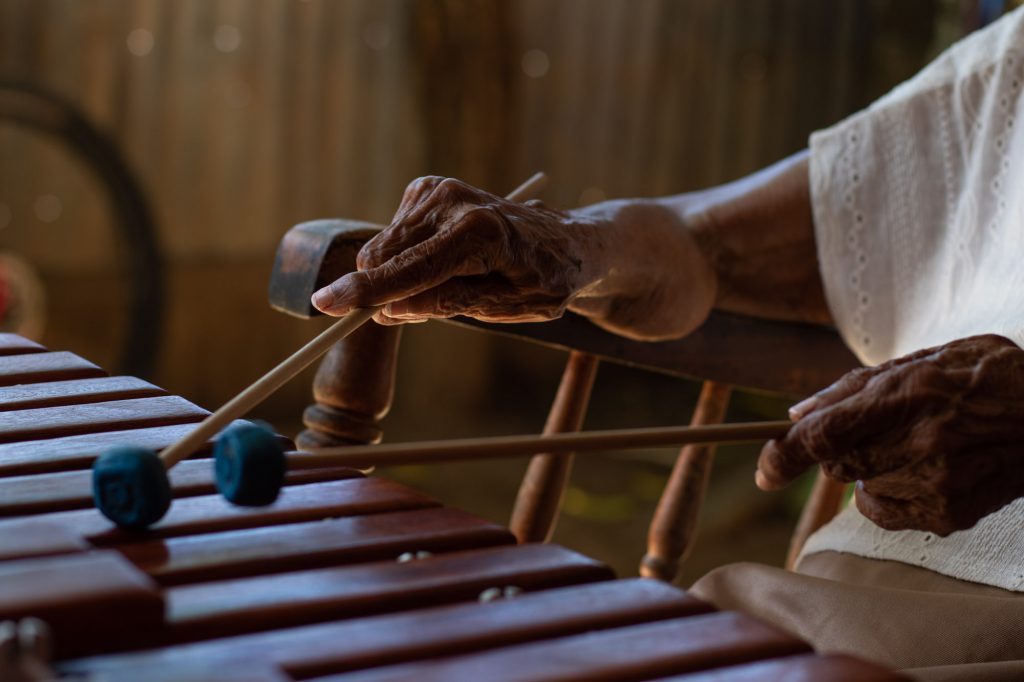
The first pieces that Maria performed were “Adolorido” (In Pain), “La Cachita” and “La Coca Leca.”Photo: César Arroyo
“Here they put: married and divorced. She didn’t put up with anything. I like it that way!” Castañeda yells when he continues with her biography.
Maria got married when she was 19 and divorced 10 years later when her first two children were still young. Afterward, she had eight more children that she raised on her own and never got married again.
Castañeda mentions a list of important places where Maria performed, such as the government building and the best-known halls in Liberia: El Mango, El Chunquín, Los Naranjos, La Reynalda, El Yomalé, El Brasilia.
Something that the review omits is that although her talent was more than applauded, she had to resort to other jobs that had nothing to do with her childhood passion. She worked washing and ironing clothes for other people, selling chicha (purple corn liquor) and flour empanadas, cooking on farms, restaurants and at the Enrique Baltodano Hospital in Liberia, where she retired. There, she played parrandera music for the kitchen staff with the lids of the pots and pans during Liberia’s civic fiestas.
The mayor highlights some more interesting points and closes by asking those present to applaud “with affection for these women who will turn 100 years old in September and November.”
A drunk who has danced in front of the stage to all the songs with a sad sensuality approaches Maria and holds his fist out to her. She returns the greeting in a fist bump.
“What a lovely little mommy; she deserves this,” he tells her.
The event closes with a happy birthday to the town, which everyone in attendance sings in chorus. If anyone wanted to listen to Maria play the marimba, they were left hanging.
“It’s over already?” María asks her daughter, Xinia, in disbelief as she pushes her wheelchair towards the municipal building, where a lunch has been prepared for her.
The Matron of the Wooden Keys
Since Maria didn’t play during the event, she agreed to play a few pieces at her house, in the San Roque neighborhood of Liberia.
A while after the lunch finished, she was already waiting in a chair in the corridor. Sitting there, she looks smaller and thinner. Anyone would forget for a second that she is a strong woman who has survived cancer twice, had a hip fracture and, a few weeks ago, she recovered from COVID-19.
Liberian writer Miguel Fajardo, who lives a few meters from this house, recently wrote a short biography about her, calling her the matron of the wooden keys. There’s no better title to define her.
Xinia, her daughter, enters the house and walks away with a warning:
– Well then, I’m going to bring the marimba and you’re going to play a very good song for me, but she hits the mallets hard!
– Oh shit!
The marimba that Maria uses is very small and is adapted so that she can play sitting in her chair. She grabs the mallets with some difficulty but when she starts to play, she causes a kind of hypnosis.
If Maria walked through the streets with her marimba, the entire neighborhood would follow her, like the rats in the story of The Pied Piper of Hamelin.
She plays the marimba with a slow but fluid movement that only comes with 92 years of practice. The keys that Maria caresses with the mallets awaken with a soft sound, as if instead of ringing out, the marimba whispered. The same thing happens when she speaks— her voice is small but her memory is enviable.
Maybe because of the ponche (a Costa Rican egg nog, usually with rum) that her mother gave her after playing in the halls. Before going to bed, Balbina would prepare an egg and milk drink for her to “help her brain” and so she wouldn’t be affected by staying up late.
“Grandma protected her a lot because she was the youngest, because she was born two months prematurely and she was also very young when she was playing in dance halls,” says Xinia. All that protection and strength are here, on the verge of a century of life.
Maria announces her repertoire and agrees to do a rendition of “Adolorido” (In Pain), the same song that she played that time at school in 1930, which was already announcing a lifetime in front of the marimba.
Listening to her, it’s clear why Hector Zuñiga Rovira, who wrote Amor de temporada (Seasonal Love), shared his music with Maria so that she could learn it and play it the following weekend. That’s also why Jesus Bonilla, who wrote Luna Liberiana (Liberian Moon), sought her out to play his pieces.
She calls these two music icons from Guanacaste “Chichí” and “Chus Bonilla” because she sees them as her peers.
The recognitions haven’t been what one would expect. There are historians who could have investigated if she was the first female marimba player at the national level,” laments Xinia.
The inevitable nostalgia of Sunday afternoons, the hypnosis of the marimba and the hours of sunshine accumulated in her body begin to take effect. Maria asks to take a nap. Because of her tribute today, she couldn’t sleep until 10 a.m., as she usually does on Sundays.
“I really liked music; I loved it,” says Maria in the past tense, looking back on the memories of an entire century.
After making her way for decades in a field of men, rubbing elbows with the most iconic musicians of Guanacaste and making the marimba sing for more than nine decades, all the dedications and remembrances in the world don’t seem enough to pay tribute to Maria.


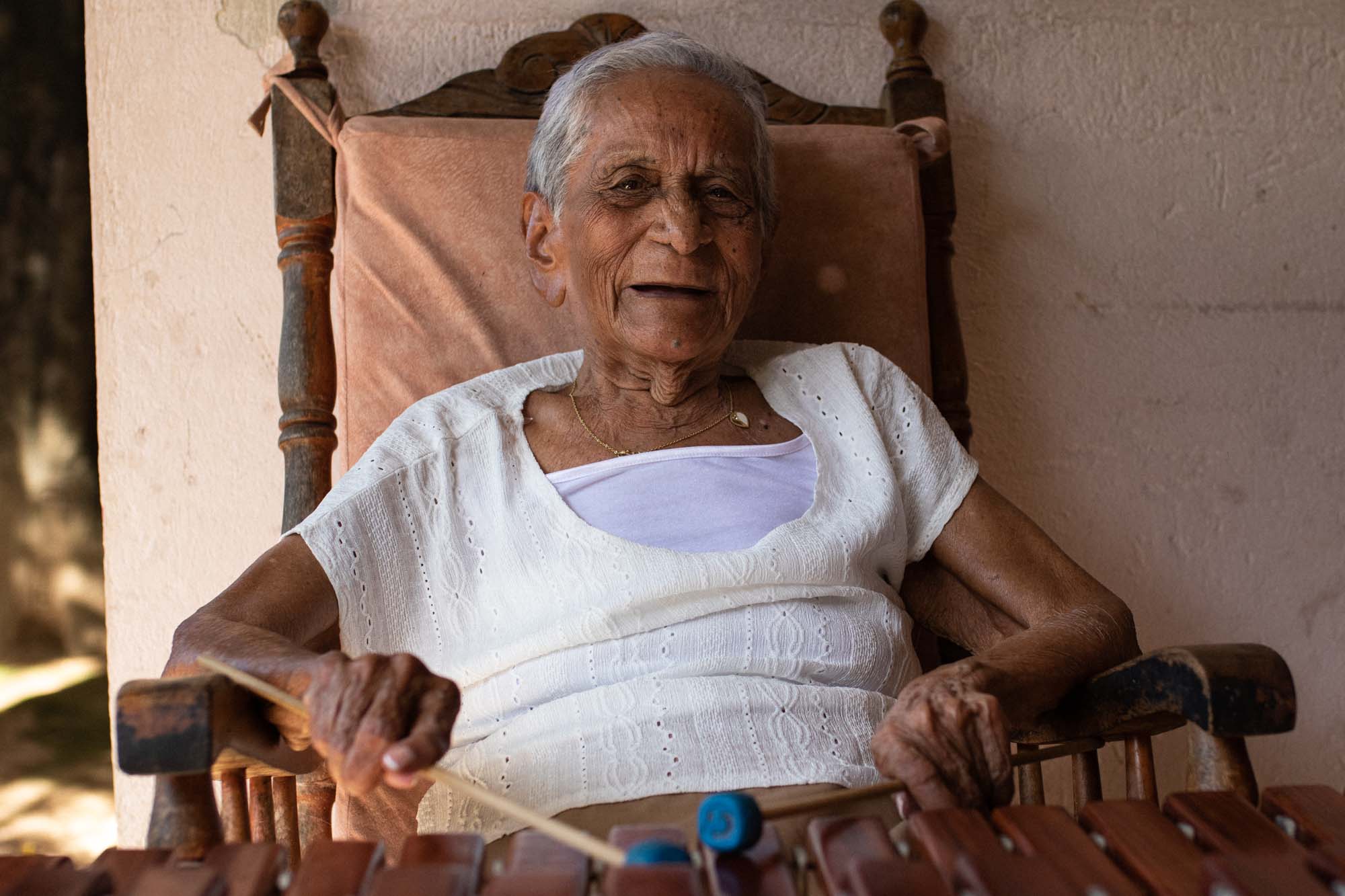
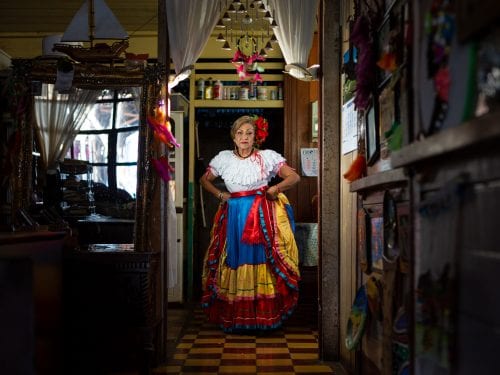
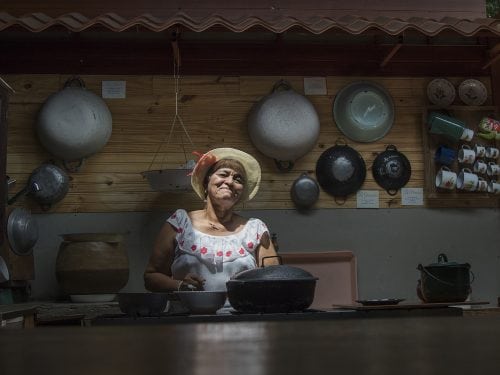
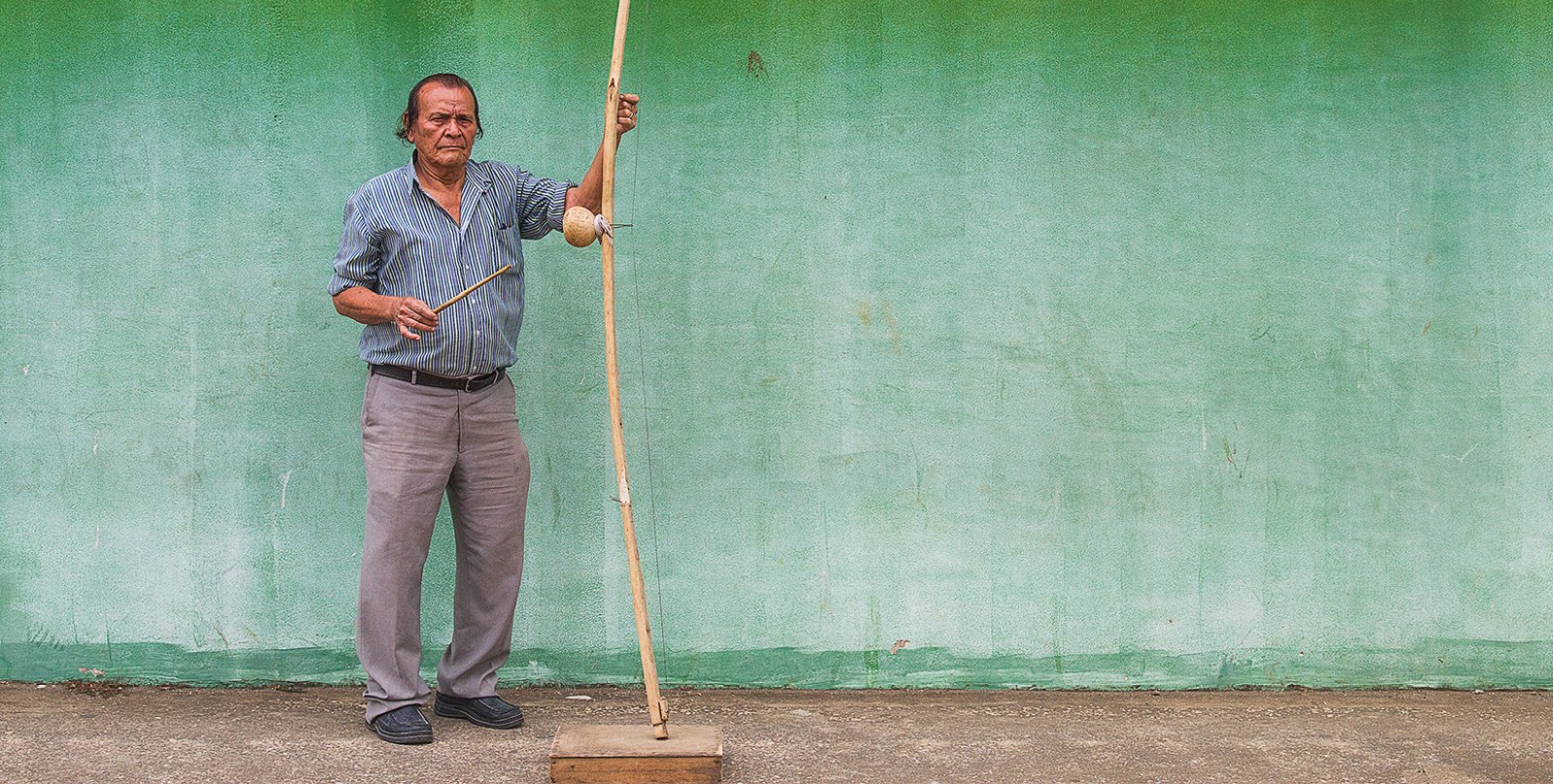

Comments